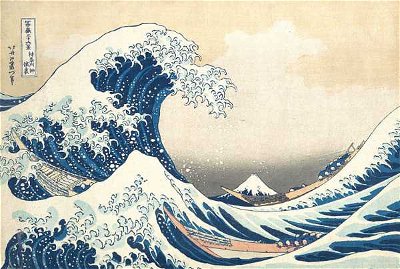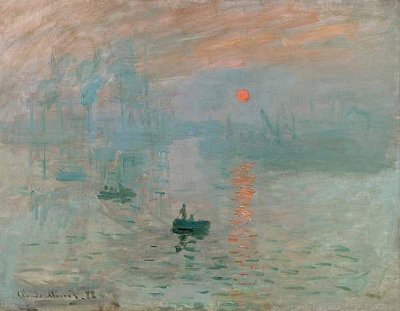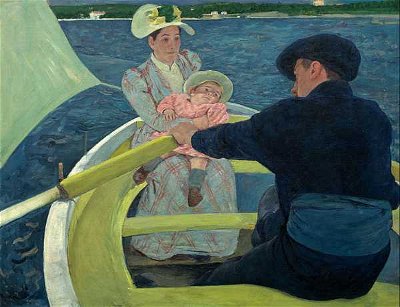 An esteemed printmaker and ukiyo-e artist, Hokusai inspired not only other Asian painters but also those from faraway Europe. Here are ten works from this master of Edo-period Japan.
An esteemed printmaker and ukiyo-e artist, Hokusai inspired not only other Asian painters but also those from faraway Europe. Here are ten works from this master of Edo-period Japan. Easier, 10 Qns, trident,
Apr 13 22
 An esteemed printmaker and ukiyo-e artist, Hokusai inspired not only other Asian painters but also those from faraway Europe. Here are ten works from this master of Edo-period Japan.
An esteemed printmaker and ukiyo-e artist, Hokusai inspired not only other Asian painters but also those from faraway Europe. Here are ten works from this master of Edo-period Japan.  Let's examine ten paintings by this French painter famous for founding the Impressionist movement.
Let's examine ten paintings by this French painter famous for founding the Impressionist movement.  Édouard Manet was a bold and innovative painter whose works represent the beginning of modern art and continue to inspire controversy to this day. This quiz takes a quick tour through a selection of his many wonderful paintings.
Édouard Manet was a bold and innovative painter whose works represent the beginning of modern art and continue to inspire controversy to this day. This quiz takes a quick tour through a selection of his many wonderful paintings. |
|
 Dear friend of Edgar Degas, American Impressionist Mary Cassatt spent much of her adult life in France. Here are ten paintings from this American master.
Dear friend of Edgar Degas, American Impressionist Mary Cassatt spent much of her adult life in France. Here are ten paintings from this American master.  Active during the Early Renaissance, Sandro Botticelli lived his whole life in the Italian city of Florence. His works often contained religious themes and ideas. Here are ten of his most famous paintings.
Active during the Early Renaissance, Sandro Botticelli lived his whole life in the Italian city of Florence. His works often contained religious themes and ideas. Here are ten of his most famous paintings. |
|
 Quick Question
Quick Question|
|
 = Top 5% Rated Quiz,
= Top 5% Rated Quiz,
 Top 10% Rated Quiz,
Top 10% Rated Quiz,
 Top 20% Rated Quiz,
Top 20% Rated Quiz,
 A Well Rated Quiz
A Well Rated Quiz
· All questions, answers, and quiz content on this website is copyright FunTrivia, Inc and may not be reproduced without permission. Any images from TV shows and movies are copyright their studios, and are being used under "fair use" for commentary and education.